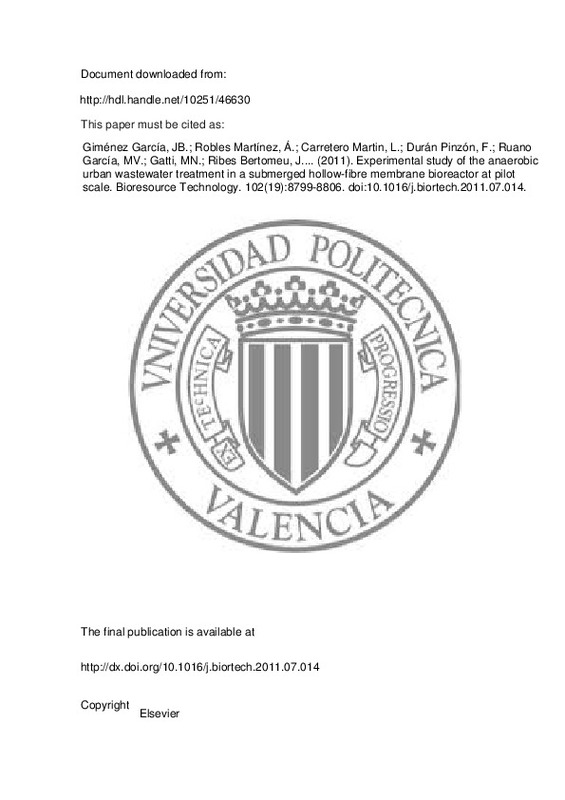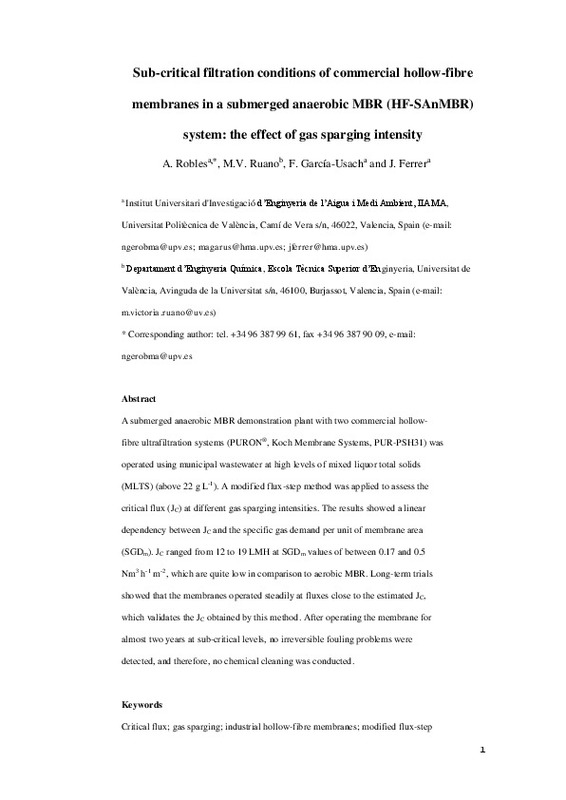|
Resumen:
|
The four main tangerine varieties (Oroval, Hernandina, Fortuna and Clemenville) processed in the Mediterranean region were analyzed for juice yield, diverse by-products obtained in industrial processing (peel, core and ...[+]
The four main tangerine varieties (Oroval, Hernandina, Fortuna and Clemenville) processed in the Mediterranean region were analyzed for juice yield, diverse by-products obtained in industrial processing (peel, core and frit) and fiber content: crude fiber (CF), neutral detergent fiber (NDF) and acid detergent fiber (ADF), from the by-products (peel, core and frit) obtained in tangerine processing in pilot plant tests. Not much work is reported which is related to the effect on the characteristics of citrus by-products due to the configuration of the components in citrus juice extractors. In recent works, there appears to be a relationship between particle size and treatment, and the physiological functions of, at least, orange fibers. In this work, it was possible to correlate the configuration (as fruit size adaptation of it) and characteristics of the fiber obtained from the by-products. The variety Hernadina has the highest juice content and therefore has less peel, core and frit. The Oroval variety has more frit content, two times more than Hernandina and Clemenville and three times more than Fortuna. As regards crude fiber results it is clearly significant that the Oroval variety has a higher content than the rest of varieties. Regarding components, the core has the least fiber content and frit the highest. These results are useful to support marketing strategies based on the high dietetic fiber content of Clementines. This fiber could have a huge potential for food and pharmacy as an alternative to cereal fiber, improving economical profits from the tangerine juice extraction process. © 2010 Elsevier B.V.
[-]
|






![[Cerrado]](/themes/UPV/images/candado.png)




